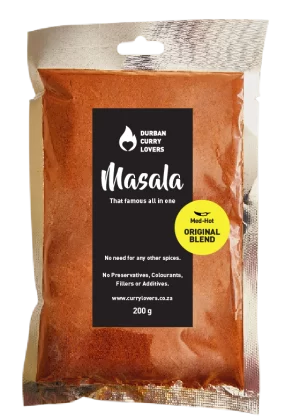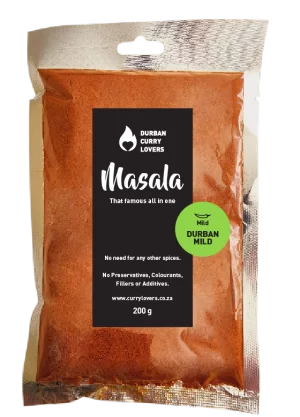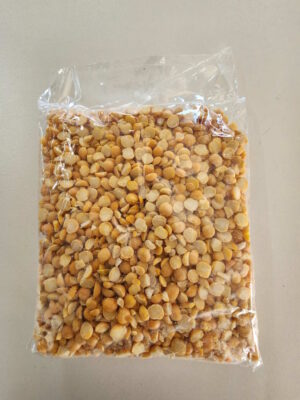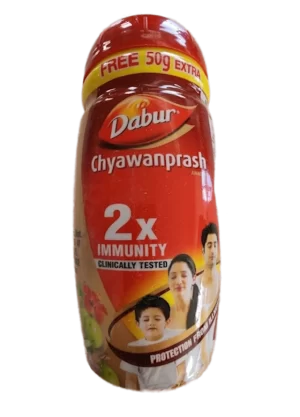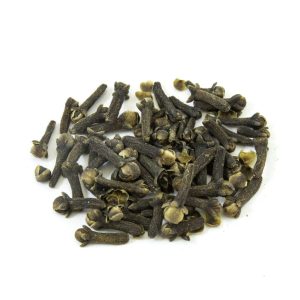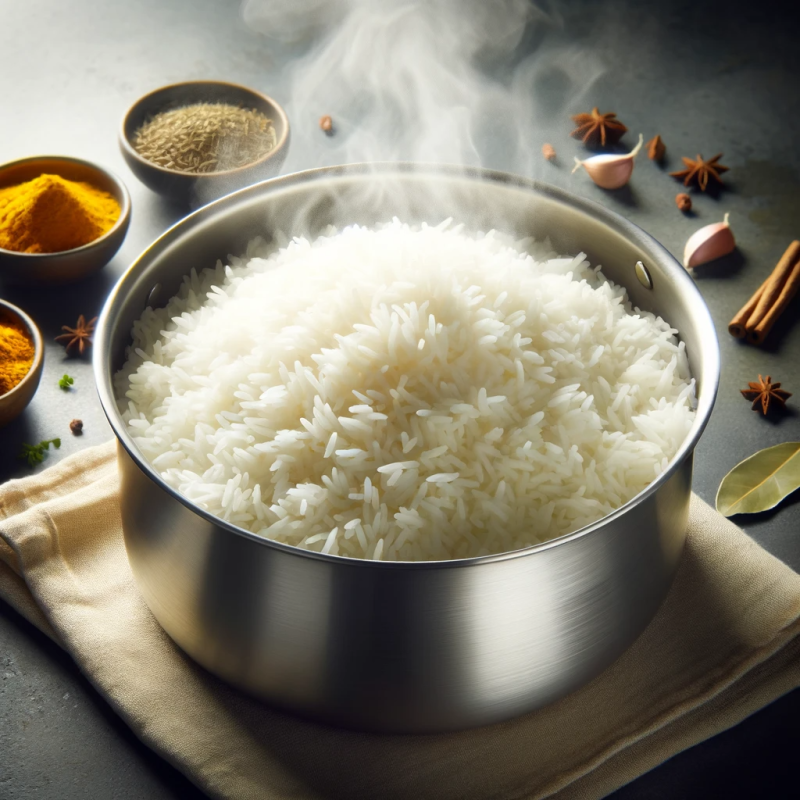
Rice, the staple grain in many cultures, plays a pivotal role in complementing the rich and diverse flavors of curry. In this guide, we’ll delve into the nuances of cooking various types of rice – Basmati, Jasmine, white, and brown – to achieve that perfect harmony with curry dishes.
Understanding Rice Varieties
Basmati Rice: The Aromatic Choice – Basmati, a long-grain rice from the Indian subcontinent, is known for its distinctive aroma and is a classic choice for curry dishes.
Jasmine Rice: The Fragrant Staple – Jasmine rice, primarily from Thailand, is another fragrant option, known for its slightly sticky texture and sweet aroma.
White Rice: The Versatile Option – Regular white rice, with its mild flavor and adaptability, is a global favorite for various cuisines, including curry.
Brown Rice: The Healthier Alternative – Brown rice, with its whole-grain goodness, offers a nutty flavor and a chewy texture, making it a nutritious choice for curry lovers.
How to cook rice for curry
The Art of Cooking Basmati Rice Selecting quality Basmati rice is crucial. Look for long, slender grains that are uniform in size. Before cooking, rinse the rice to remove excess starch, which helps in achieving non-sticky, fluffy rice. Soak the rice for 20-30 minutes to ensure even cooking.
Step-by-Step Cooking Method – For cooking, use a 1:2 ratio of rice to water. Bring the water to a boil, add the rice, and then reduce the heat to a simmer. Cover the pot and let it cook for about 15-20 minutes until the water is absorbed and the rice is tender. Finally, turn off the heat and let the rice sit covered for 5 minutes. Fluff with a fork before serving. This method preserves the unique fragrance and elongates the grains, making it perfect for dishes like biryani or as a side for curries.
Mastering Jasmine Rice Preparation Choose jasmine rice that has a subtle sheen, indicating freshness. Rinse until the water runs clear and soak for about 30 minutes. Cook in a 1:1.5 ratio of rice to water, bringing it to a boil, then simmering until the water is absorbed. Let it rest, covered, to allow the grains to finish cooking in their own steam.
White Rice Cooking Techniques Select white rice that is free from impurities. Rinsing is optional, depending on the desired texture. For curry, a slightly firmer texture is preferred, so a little less water may be used. Cook until the water is absorbed and let it rest for a fluffy outcome.
Brown Rice: A Nutritious Twist Opt for brown rice with intact grains. It requires longer soaking, ideally for a few hours, and more water due to its bran layer. Cook until tender, which takes longer than white rice. The result is a chewy, hearty complement to robust curry flavors.
Rice and Curry: A Culinary Symphony The choice of rice can either elevate or overshadow the curry’s flavors. Basmati, with its lightness and aroma, pairs well with rich, spicy curries. Jasmine rice, with its stickier texture, suits milder, gravy-rich curries. White rice is a neutral canvas for all types of curries, while brown rice suits heartier, earthier curry flavors.
Common Mistakes to Avoid Overcooking rice can lead to a mushy texture, while undercooking results in a gritty bite. Aim for a tender yet firm texture. To avoid mushiness, use the correct water-to-rice ratio and avoid excessive stirring.
Storage and Reheating Cool cooked rice quickly and refrigerate in airtight containers. For reheating, add a little water to prevent drying out, and heat thoroughly to ensure food safety.
Advanced Tips for Rice Enthusiasts Flavor your rice by cooking it in broth or adding spices like cardamom, cinnamon, or cloves. This enhances the rice’s flavor, making it a delightful element of the meal.
FAQ
How do I prevent my rice from becoming sticky? To prevent rice from becoming sticky, rinse it under cold water until the water runs clear. This process removes excess starch. Additionally, use the correct water-to-rice ratio; typically, it’s 1:2 for white rice, 1:1.5 for Jasmine, and 1:3 for brown rice. Finally, avoid stirring the rice while it’s cooking as this can break the grains and release more starch.
Can I use a rice cooker for all these rice varieties? Yes, a rice cooker can be used for all these rice varieties. Adjust the water ratios according to the type of rice and the rice cooker’s instructions. Most modern rice cookers have settings for different types of rice, making it convenient to cook Basmati, Jasmine, white, or brown rice perfectly.
What’s the best way to flavor rice for curry? The best way to flavor rice for curry is to cook it with aromatic spices or in a flavored liquid. Common spices include cardamom, cinnamon, cloves, and bay leaves. You can also cook rice in coconut milk or a broth corresponding to the curry’s flavor profile for added depth.
How much water do I need for cooking brown rice? For brown rice, the general water-to-rice ratio is about 1:3. This means for every cup of brown rice, you’ll need approximately three cups of water. Brown rice requires more water and a longer cooking time compared to white rice due to its extra layers of bran and germ.
Is it necessary to rinse rice before cooking? Yes, it is generally recommended to rinse rice before cooking. Rinsing removes surface starch and impurities, leading to fluffier and less sticky rice. However, some enriched white rices may lose nutrients if rinsed, so check the packaging for recommendations.
How can I store leftover rice safely? To store leftover rice safely, cool it as quickly as possible (ideally within an hour) and then store it in the refrigerator. Use airtight containers to keep the rice moist and prevent contamination. Consume refrigerated rice within 1-2 days, and always reheat it until it’s steaming hot all the way through.

